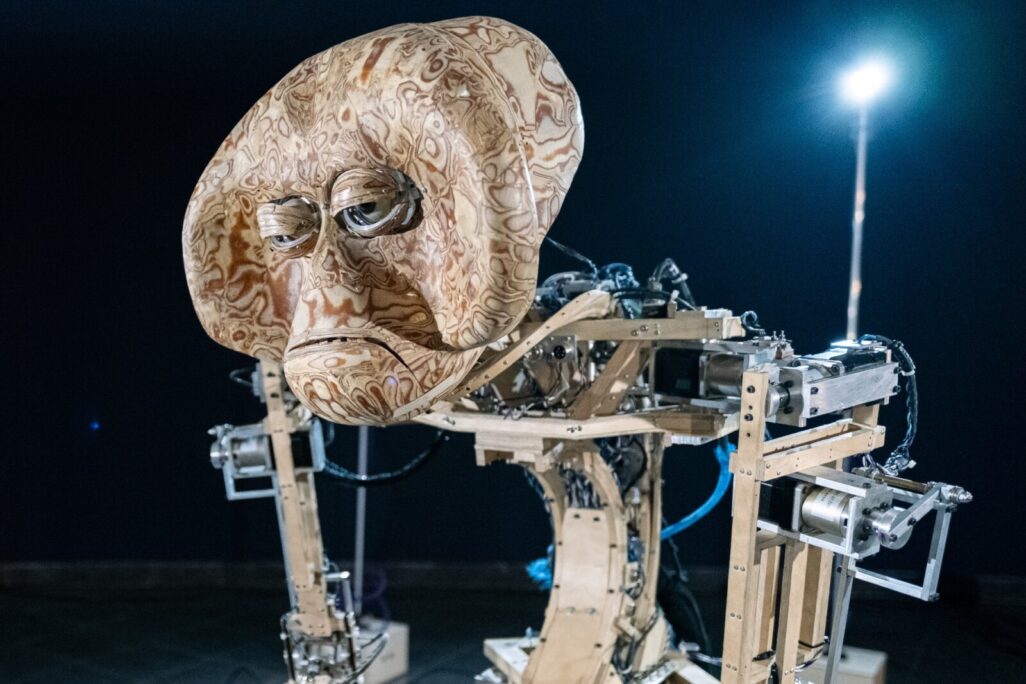
Visitors to the Bat Yam Museum of Art, located just south of Tel Aviv, usually come to see paintings and sculptures. These days, visitors find themselves among animatronic monkeys, elephants, birds, butterflies, and snails. In the exhibition “Safari,” artist Amit Drori presents a collection of robotic animals that he built over the past twenty years.
Combining traditional craft with innovative technologies, Drori brings mechanical dolls to life and gives them a unique personality. The robots were built from thousands of different individual parts, and their movement is created by an elaborate system of motors, sensors, controllers, and computers that are operated in impressive synchronization through programming, automation, and live operation.
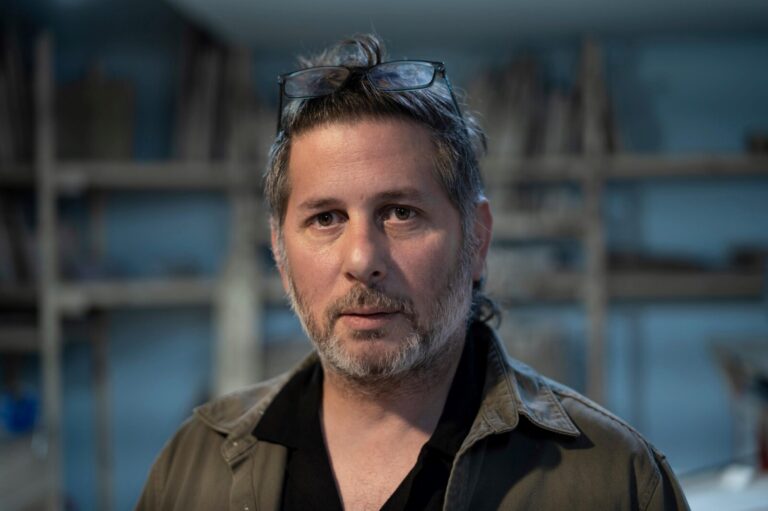
"Most of them were built for theater performances, which is what I usually do," said Drori, 43, who is also CEO of the Interdisciplinary Arena Theater in Jerusalem. "The puppets were created for theater plays that performed around the world and garnered many accolades and awards. There are a few other special elements that I created especially for this exhibition."
The exhibit is aimed at children, but Drori sees the intended audience more broadly. "It's natural to think of children in the summer, but the truth is that this is content for everyone. It's beyond age,” he said. “Just as a visit to nature or a zoo, by contrast, is not for a specific age but universal. There is an attempt here to stimulate and activate the imagination of the children and adults who accompany them. It's a theater inside the museum."
The Safari exhibit can only be entered as part of a tour that is limited in advance to a total of 30 people, including children and their adult companions. Each tour has a guide, accompanied by two other staff members, one of whom is responsible for operating the animals.
The small and meticulous group is intended, among other things, to reduce the danger that the children will be tempted to touch the delicate creatures. "We place a lot of trust in the children and also know how to guard and be careful without giving a feeling of supervision," explained Drori. "The size of the group creates an intimate and pleasant atmosphere and it's not crowded. In theater, there is often a distance between the audience and the work on stage, and this allows children to be closer to the animals. The circular space of the museum also allows you to connect to a whole world and a journey that envelops and surrounds you from all directions."
From the very beginning of the tour there is a feeling of entering another world. The air conditioning, darkening shades in the museum, and soundscape of the sounds of animals all create the atmosphere. "It's like in the forest," one ten-year-old boy told his mother.
On the first stop of the tour the children were asked to guess based on the sounds which animals they are going to encounter next. Despite the instructor's instruction to give input only by voting with a raised hand, the children did not hold back and threw out their guesses. "Birds," said one. "A woodpecker," another specified. "Aliens,” said an especially young boy about five years old. “Robots," added his older brother.
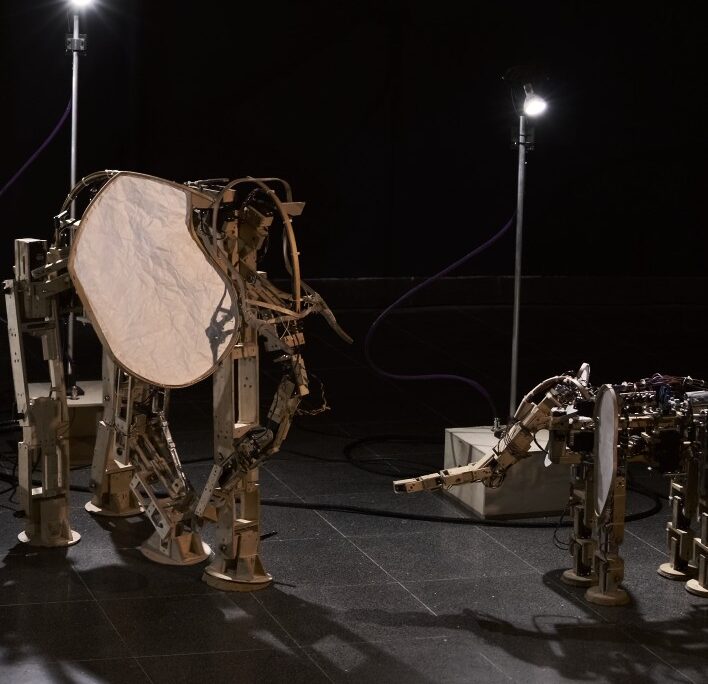
Drori attempts to elicit an emotional reaction with the animal automatons. "The animation of the animals, the experience of the movement enabled by technology, evokes human sensations and that's how the audience responds,” Drori explained. “They say things about animals like 'he's sad' or 'he's naughty.' We see ourselves and have an extremely human encounter." The interaction with the animals leads to a mirror of the human experience. “Moving away from the human world to the animal world allows us to see ourselves in a different way,” Drori said.
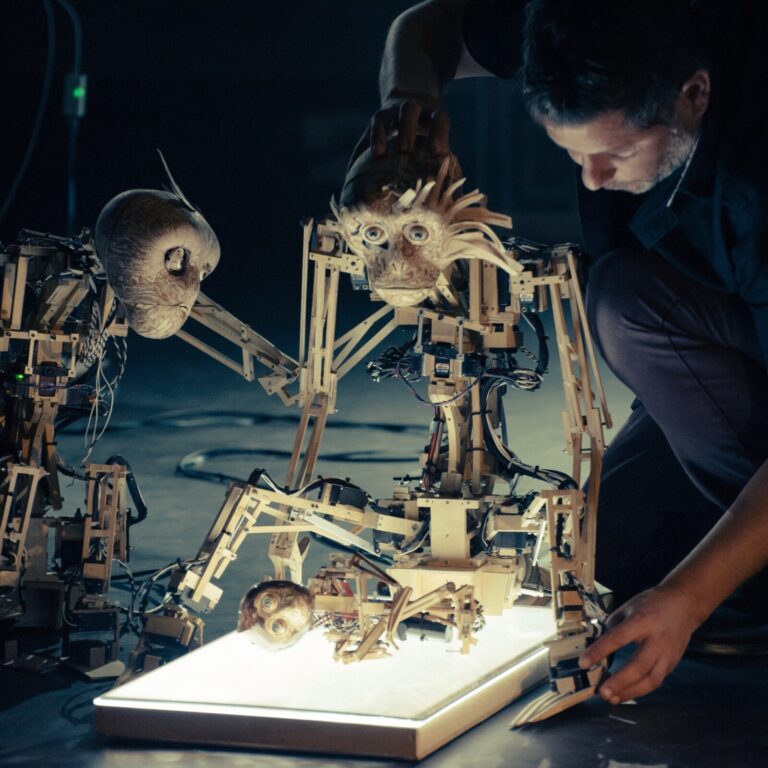
In one of the stations of the exhibit a single monkey the size of a tall child, an orangutan, exemplified this. For long minutes, against the backdrop of dramatic music, he conversed with the children without words, through human body language and expression. They, for their part, watched him magnetized, trying to decipher what he was trying to tell them.
"He's like a grandfather," one young woman in the audience said, laughing. "It looks like he sees us," another said. What contributes to this feeling, the guide explains, are his eyes made of glass that Drury found in an abandoned German prosthetic eye factory from the 19th century.
Drori sees the audience as active participants in the exhibit, "It is very important to me that the exhibition activates the imagination of the visitors. I hope it stimulates their creativity and also their sensitivity and attention to detail."
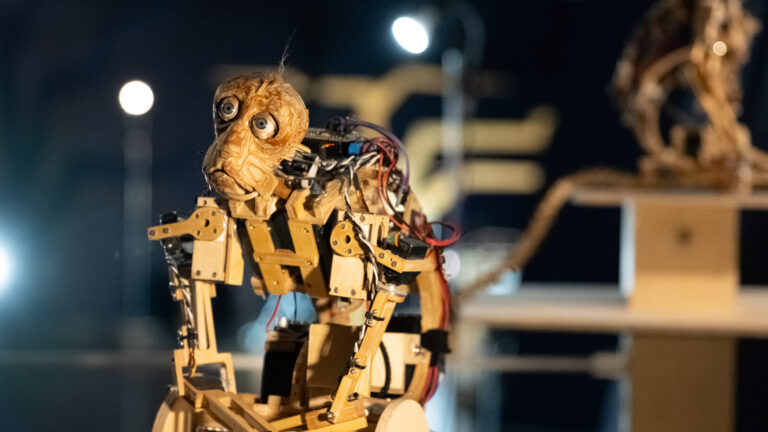
For Drori, the political upheaval in Israel around the judicial reforms that erupted concurrently to the launch of the exhibition almost led him to despair. "The exhibition was launched in days of demonstrations. There was a harsh atmosphere, and you say to yourself, what's the point? But precisely because it is aimed at children, it is very powerful and it is important. You can't wait for the world to be ready to touch your heart and soul and imagination."
In fact, he feels like art has an important role in moments of heightened polarization, especially for children. "Art has a lot of meaning within an environment that they experience as crowded, intense, violent and angry. I love seeing them gather experiences and activate their own imagination and emotion,” Drori said. “It's not a privilege. A child must have it. You can't wait for everyone to agree with each other politically first, and then create a culture. Culture has to happen all the time."
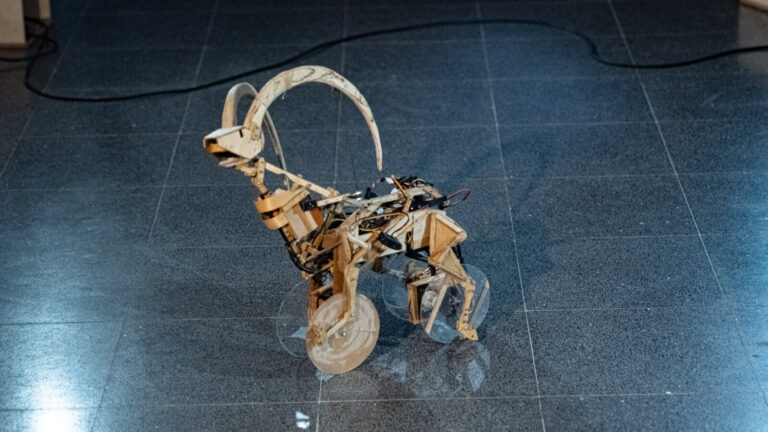
The exhibition, which was supposed to close at the end of August, was so successful that the museum will let it run, at least for another two months. The exhibition "Safari" is on display at the Bat Yam Museum of Art until the end of October.
This article was translated from Hebrew by Marina Levy.






